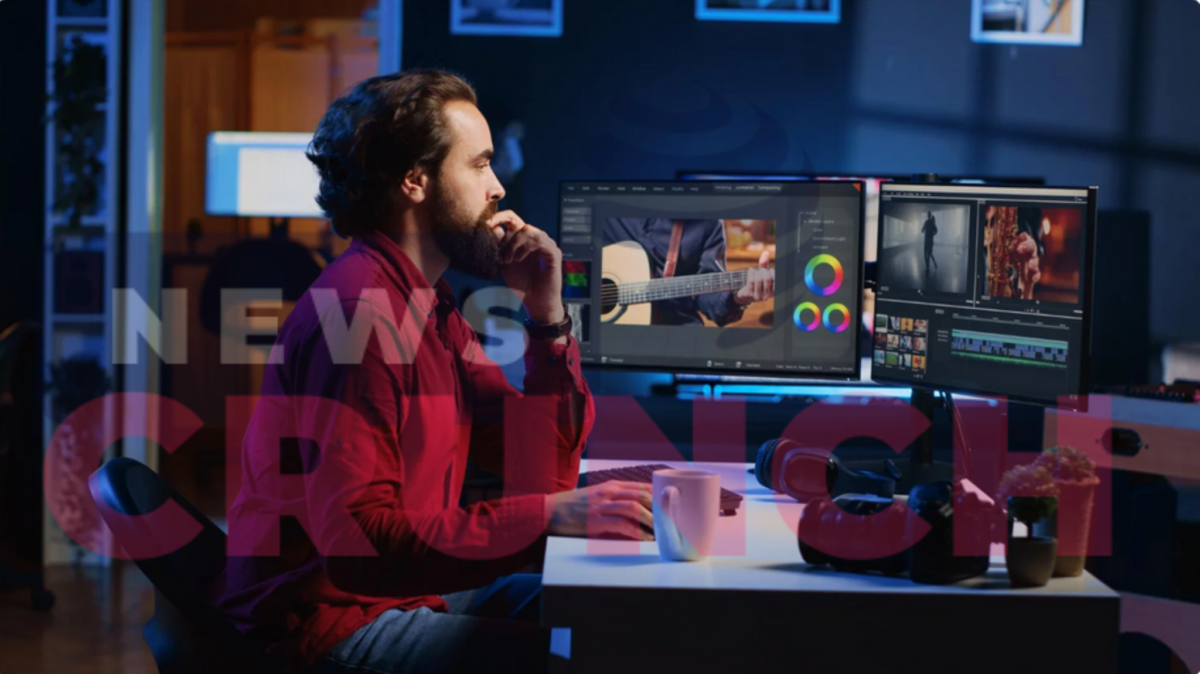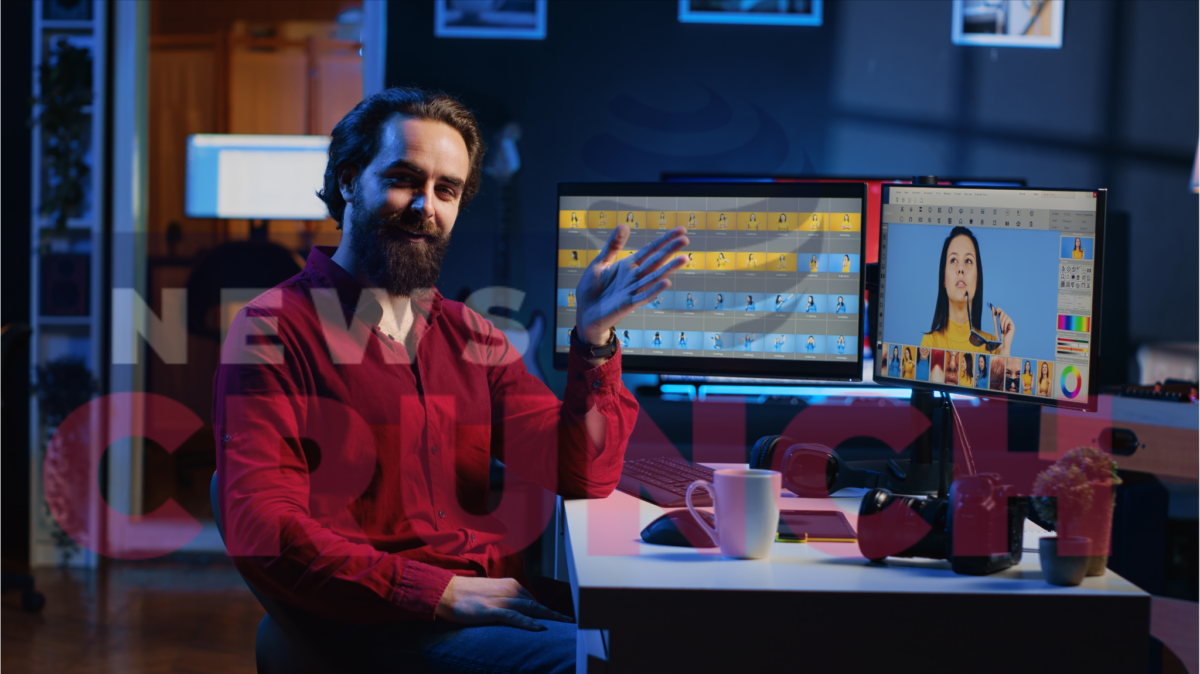SFM Compile Tutorial: How to Compile Models in Source Filmmaker
SFM Compile Tutorial
1. Introduction to SFM Compile and SFM Compilation
If you’re into Source Filmmaker (SFM), you’ve probably heard the term SFM Compile many times. This process is not just a technicality, but a crucial step that transforms 3D model files into a format that the Source Filmmaker engine can use. Without compilation, your models will just be raw files sitting on your computer, not something you can animate or bring to life in a scene. Understanding and mastering this process is a significant part of your SFM journey.
Many new users get confused between “SFM Compile,” “SFMCompilation,” and even terms like smf compile or sfm comp (common typos people search for). But don’t worry—you’re not alone. Even pros in the SFMCompileClub community sometimes face errors like sfm compile or sfm compile issues. This guide will help you understand it all step by step.
Why is SFM Compile important? Because it bridges the gap between 3D creation software like Blender or Maya and your actual film project in Source Filmmaker. Without compiling, your models won’t load properly, textures will be missing, or animations won’t play as expected.
In this tutorial, we’ll walk through the entire process of SFM Compilation, covering tools, common mistakes, and even some advanced tips using community tricks from Pepper0, CrushAI, and Afiyu Kent. Whether you’re new or experienced, this guide is built to help you create smoother, more reliable compilations. Remember, you’re not alone in this journey. The SFMCompileClub community is here to support you, so you can focus on storytelling instead of troubleshooting errors.
By the end of this article, you’ll know how to compile models and optimize them for performance, fix common issues, and avoid common pitfalls.
2. Tools You Need Before Starting SFM Compile
Before jumping into the actual process of SFM Compile, you’ll need a few essential tools. Compiling isn’t just about hitting one button—it requires a combination of programs to prepare your models, write scripts, and export them in the correct format for Source Filmmaker. Let’s break it down in simple terms.
- Source Filmmaker (SFM) – Obviously, you’ll need the main software. SFM is free and available on Steam, so make sure you have it installed.
- Crowbar is the most widely used compiling and decompiling tool. Crowbar makes it possible to take 3D models and compile them into a Source engine-friendly format.
- Blender or 3DS Max – You’ll use these programs to create or edit your 3D models before compiling. Blender is free and very popular in the SFM community.
- QC Files – These script files tell the compiler how to assemble your model. Don’t worry—we’ll cover how to write and edit these later.
- Texturing Tools – Software like Photoshop, GIMP, or Paint.NET helps you prepare textures that will work adequately in SFM.
You’ll also want to set up an organized folder structure before you start. Keep separate folders for models, textures, and QC files. Trust me, this small step saves a lot of headaches when troubleshooting.
The SFMCompileClub community often emphasizes using Crowbar because it simplifies most beginner steps. If you ever run into sfm compile or sfm compile issues, Crowbar logs usually show where things went wrong.
In short: get your tools ready, stay organized, and ensure you understand each program’s role. Once your toolkit is set up, compiling in SFM becomes a lot smoother.

3. Step-by-Step SFM Compile Tutorial (Beginner Friendly)
Now let’s get into the central part: performing an SFM Compile. This section will walk you through the process in a beginner-friendly way.
Step 1: Prepare Your Model
If you’ve created a model in Blender, export it in the SMD or DMX format, since these are compatible with Source Filmmaker.
Step 2: Write Your QC File
The QC file is like an instruction manual for the compiler. It tells the software what textures to apply, how animations should work, and where the model should be placed. A basic QC file includes:
- Model name
- Path to textures
- Bodygroup and animation references
Step 3: Use Crowbar to Compile
Open Crowbar, load your QC file, and hit Compile. If everything is correct, Crowbar will generate a new model file (MDL) that Source Filmmaker can read.
Step 4: Check in SFM
Open Source Filmmaker and look for your model under the correct folder. Congratulations if it shows up correctly—you’ve completed your first SFM Compilation!
Step 5: Troubleshoot if Needed
If you get errors like sfm compile or sfm compile, don’t panic. These are often just typos in the QC file or missing textures. The Crowbar log will point you in the right direction.
Remember, every creator in the SFMCompileClub started out struggling. It’s okay to face challenges, especially when you’re learning something new. Once you compile a few models, the process becomes second nature. So, don’t be discouraged by initial hiccups. Keep at it, and you’ll soon be creating smooth, reliable compilations.
4. Common SFM Compile Errors (SFM Compile, SFM Compile Issues)
Even if you follow every step carefully, it’s normal to make errors when doing an SFM Compile. Don’t worry—it happens to everyone, from beginners to experts in the SFMCompileClub. The key is knowing what the error means and how to fix it. Let’s go through the most common problems.
- Model Not Showing in SFM
This usually happens if your QC file points to the wrong directory. Double-check the model path and make sure it matches your SFM folders. - Missing Textures
Seeing a pink-and-black checkerboard on your model? That means SFM can’t find the texture. Check your VMT and VTF files to ensure they’re appropriately linked. - SFM Compile / SFM Compile Errors
Yes, even Google searches for these misspellings because people often type them wrong. This usually means your QC file has a typo or Crowbar points to the wrong folder. - “Too Many Bones” Error
The Source engine has limits. If your model has too many bones, you’ll need to simplify it in Blender before compiling. - Crashes During Compile
This often happens when the model size is too big or references are missing in the QC file.
Pro Tip: Keep your Crowbar log window open. It will usually show exactly what went wrong. Copying the error and searching in forums like sfmcompileclub or community groups like Pepper0 or Afiyu Kent’s guides can help.
Remember, errors aren’t failures—they’re learning steps. Every fix you make improves your compiling skills.
5. Advanced SFM Compilation Tips (Pepper0 & CrushAI Methods)
Once you’ve mastered the basics of SFM Compilation, you might want to level up with some advanced tricks. This is where community experts like Pepper0 and CrushAI come in. They’ve shared countless tips in forums, and I’ll summarize the best ones here.
- Custom Animations
Instead of just compiling static models, you can add animations through the QC file. For example, you can set idle poses, walking cycles, or facial flexes. This is great for more dynamic SFM films. - LOD (Level of Detail) Models
If your model is complex, you can compile multiple versions with different levels of detail. SFM will automatically switch to simpler versions when zoomed out, saving performance. - Hitboxes and Physics Models
Want your characters to interact with the environment? You can add hitboxes and ragdoll physics directly during compilation. This makes your models more realistic in scenes. - Optimized Texture Workflow
Both Pepper0 and CrushAI emphasize reducing texture size without losing quality. Compressed textures load faster and keep your SFM projects from lagging. - Using Blender Add-ons
Some community add-ons export directly in SFM-friendly formats, reducing errors during compilation.
These advanced tricks take time, but they’re worth it if you want your SFM films to stand out. Joining groups like SFMCompileClub or following creators like Pepper0 and CrushAI can give you even more insider knowledge.
Think of this stage as moving from being just a model importer to becoming a true SFM compiler and creator.
6. SFM Compile Club: Best Practices for Model Compiling
The SFM Compile Club (or sfmcompileclub, often written online) is one of the most helpful communities for Source Filmmaker creators. Whether you’re struggling with a broken QC file or just want to learn advanced tips, this group is full of knowledge.
Here are some best practices often shared in the community:
- Organize Your Files
Have separate folders for models, materials, and QC files. Many errors come from messy setups. - Back Up Often
Before editing QC files, save a copy. One small typo can break your model, and backups save work hours. - Learn From Examples
Download QC files from existing SFM models. Studying how they’re written helps you understand structure and commands. - Share and Ask for Help
Don’t be afraid to post your errors in forums or Discord groups. SFMCompileClub members often respond quickly with fixes. - Follow Trusted Creators
Community experts like Afiyu Kent, Pepper0, and CrushAI often share tutorials and fixes for tricky compile problems.
By following these practices, you’ll avoid many beginner mistakes and speed up your learning curve. Remember: no one compiles perfectly the first time. The community exists because everyone has been stuck before, and sharing knowledge makes it easier for everyone.
7. Difference Between SFM Compile and SMF Compile
Many beginners get confused between SFM Compile and SMF Compile because the terms look almost the same. Let’s clear that up.
- SFM Compile: This refers to compiling models for Source Filmmaker (SFM). It’s specific to Valve’s Source engine and the filmmaking software.
- SMF Compile: Sometimes people type this by mistake, but in other contexts, SMF refers to Simple Machines Forum software, not Source Filmmaker.
When searching online, you’ll often see results for both sfmcompile and smf compile because search engines try to guess what you mean. If you’re working with Source Filmmaker, always look at SFM guides, not SMF forum tutorials.
Communities like sfmcompileclub often joke about this confusion, but it’s a real problem for new users. If you search for “sfm compile” or “sfm compile,” you might also have unrelated results.
In short, stick with SFM Compile if you want to do model compilation for Source Filmmaker. Ignore SMF unless you’re running a web forum.
8. Optimizing SFM Compilation for Better Performance
Even if your model compiles correctly, it may not perform well in Source Filmmaker. Heavy models with large textures can slow down projects, making rendering painful. Here’s how to optimize your SFM Compilation for smoother performance.
- Reduce Texture Size
Textures larger than 2048×2048 can cause memory issues. Compress them to a smaller size or use efficient formats like DXT1 and DXT5. - Use LODs (Level of Detail)
As mentioned earlier, compile multiple versions of your model at different resolutions. This makes SFM switch to lighter models when zoomed out. - Simplify Meshes
If your model has thousands of polygons that won’t be visible on camera, simplify them in Blender. You’ll hardly notice the difference visually, but your project will run faster. - Test in Small Scenes
Before using your model in a big project, test it in a small SFM scene. If it loads smoothly, it’s ready for bigger films. - Keep File Paths Clean
Avoid using special characters or spaces in your file names and directories. This reduces QC errors and makes your models easier to manage.
Creators like Afiyu Kent recommend running regular performance tests to catch heavy models before they cause big project crashes. Remember, the goal isn’t just to make your model look good—it should also run smoothly in your film.

9. FAQs on SFM Compile & SFMCompilation
Q1: What does SFM Compile mean?
It means converting 3D models into Source Filmmaker-friendly formats for animations and scenes.
Q2: Can I compile any model into SFM?
Yes, but some models may need adjustments in Blender or QC files before they work.
Q3: What’s the difference between SFM Compile and SFMCompilation?
Nothing—they’re the same. People just use different terms when searching.
Q4: Why is my model pink and black in SFM?
That means textures are missing. Double-check your VTF and VMT files.
Q5: Do I need Crowbar to compile models?
Yes, Crowbar is the standard tool for compiling and decompiling models for SFM.
Q6: What is SFMCompileClub?
It’s an online community where creators share tutorials, tips, and fixes for compilation issues.
Q7: Why do people type “sfm compile” or “sfm compile”?
Those are just common typos. They still refer to the same SFM Compile process.
Q8: Can I add animations during compilation?
You can add custom animations, poses, and facial flexes with the proper QC commands.
Q9: How do I fix “model not showing” in SFM?
Check your QC file paths and ensure your compiled model is in the correct directory.
Q10: Who are Pepper0, CrushAI, and Afiyu Kent?
They’re well-known community contributors who share advanced SFM compiling tutorials.
10. Conclusion: Mastering SFMCompile for Source Filmmaker
Learning how to compile models in SFM might seem overwhelming at first, but once you understand the process, it becomes second nature. Each step makes you a stronger creator, from preparing models and writing QC files to fixing SFM compile errors and optimizing performance.
The best part? You’re not alone. Communities like SFMCompileClub and creators like Pepper0, CrushAI, and Afiyu Kent always share new techniques. Whether making your first model or working on a whole Source Filmmaker film, compiling is a skill that unlocks endless creative possibilities.
Remember, mistakes are part of the process. Every missing texture, typo, or error log is another learning opportunity. The more you compile, the more confident you’ll get.
So, dive in, experiment, and don’t be afraid to ask for help. With practice and community support, you’ll master SFM Compilation and bring your creative ideas to life in Source Filmmaker.






